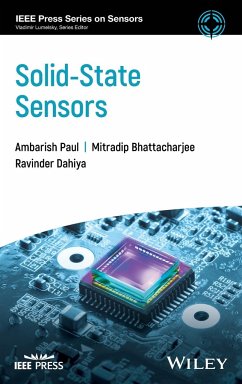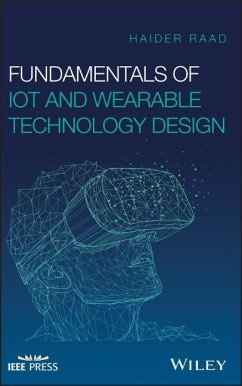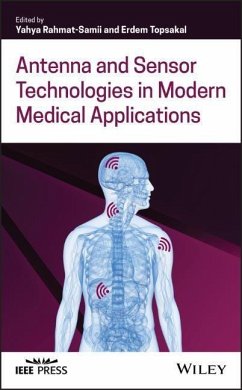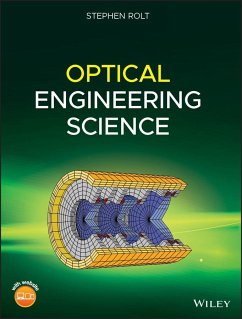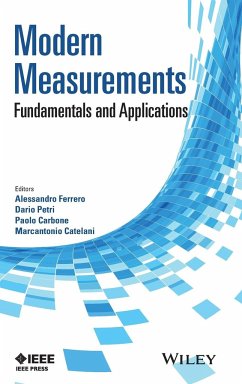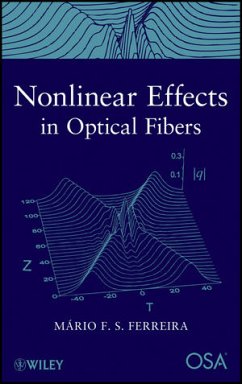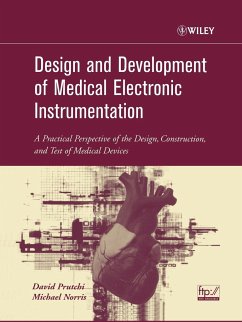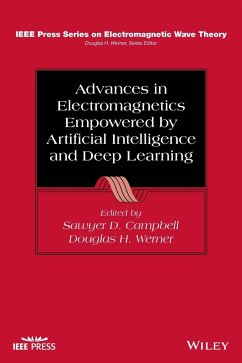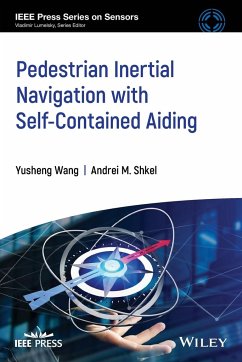Nicht lieferbar
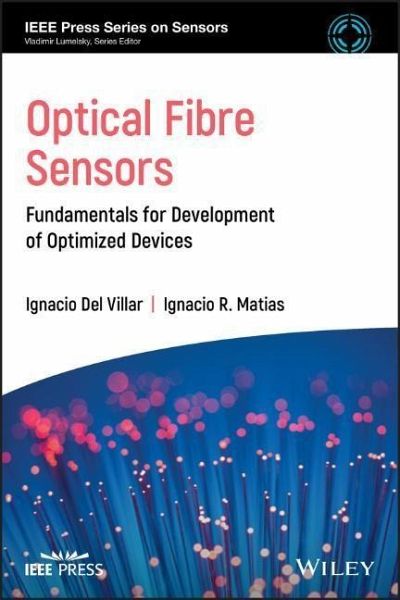
Optical Fibre Sensors
Fundamentals for Development of Optimized Devices
Herausgegeben: Del Villar, Ignacio; Matias, Ignacio R.
The most complete, one-stop reference for fiber optic sensor theory and applicationOptical Fiber Sensors: Fundamentals for Development of Optimized Devices constitutes the most complete, comprehensive, and up-to-date reference on the development of optical fiber sensors. Edited by two respected experts in the field and authored by experienced engineers and scientists, the book acts as a guide and a reference for an audience ranging from graduate students to researchers and engineers in the field of fiber optic sensors.The book discusses the fundamentals and foundations of fiber optic sensor te...
The most complete, one-stop reference for fiber optic sensor theory and application
Optical Fiber Sensors: Fundamentals for Development of Optimized Devices constitutes the most complete, comprehensive, and up-to-date reference on the development of optical fiber sensors. Edited by two respected experts in the field and authored by experienced engineers and scientists, the book acts as a guide and a reference for an audience ranging from graduate students to researchers and engineers in the field of fiber optic sensors.
The book discusses the fundamentals and foundations of fiber optic sensor technology and provides real-world examples to illuminate and illustrate the concepts found within. In addition to the basic concepts necessary to understand this technology, Optical Fiber Sensors includes chapters on:
_ Distributed sensing with Rayleigh, Raman and Brillouin scattering methods
_ Biomechanical sensing
_ Gas and volatile organic compound sensors
_ Application of nanotechnology to optical fiber sensors
_ Health care and clinical diagnosis
_ And others
Graduate students as well as professionals who work with optical fiber sensors will find this volume to be an indispensable resource and reference.
Optical Fiber Sensors: Fundamentals for Development of Optimized Devices constitutes the most complete, comprehensive, and up-to-date reference on the development of optical fiber sensors. Edited by two respected experts in the field and authored by experienced engineers and scientists, the book acts as a guide and a reference for an audience ranging from graduate students to researchers and engineers in the field of fiber optic sensors.
The book discusses the fundamentals and foundations of fiber optic sensor technology and provides real-world examples to illuminate and illustrate the concepts found within. In addition to the basic concepts necessary to understand this technology, Optical Fiber Sensors includes chapters on:
_ Distributed sensing with Rayleigh, Raman and Brillouin scattering methods
_ Biomechanical sensing
_ Gas and volatile organic compound sensors
_ Application of nanotechnology to optical fiber sensors
_ Health care and clinical diagnosis
_ And others
Graduate students as well as professionals who work with optical fiber sensors will find this volume to be an indispensable resource and reference.





